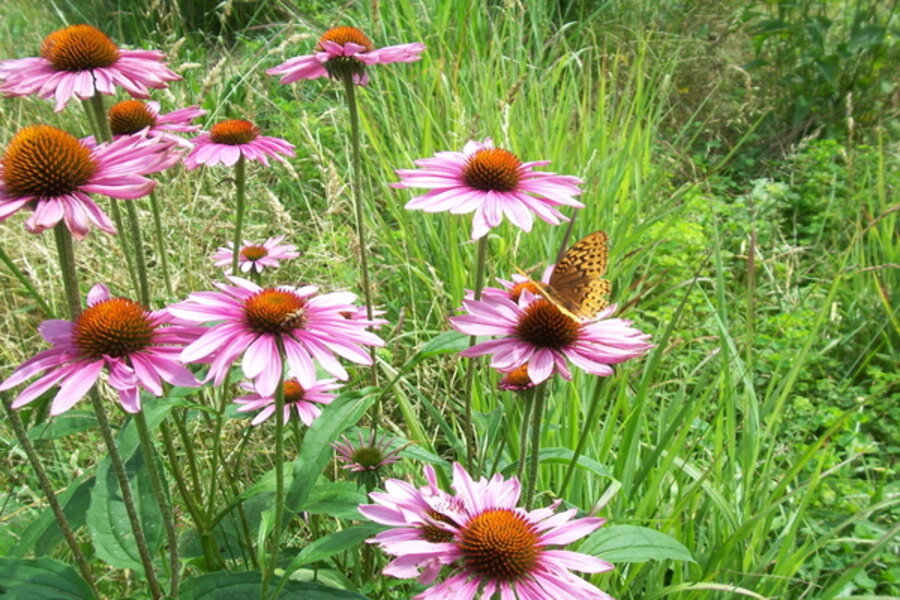Declare your lawn independence
Loading...
Holiday weekends give us some time to think about the garden and maybe take out a few weeds. For those of us with lawns, maybe it’s an opportunity to think about getting rid of some of it.
Resource-intensive
Lawns are resource intensive and give little back. Needing to be mowed weekly, thirsty, shade-hating lawn grasses add little to the living landscape other than grass roots for Japanese beetle grubs to eat.
And often they require fungicides, fertilizers, herbicides, lawn services, spraying, dethatching, overseeding, blah, blah, blah.
The sharp decline in bird and butterfly habitat is worrying, and most of it is blamed on habitat destruction. That’s not the rain forest I'm talking about – part of it is our lawns.
A more natural habitat
Our acres of lawn are among the habitats that provide nothing to the birds (other than the birdseed we buy) and insect pollinators we need for a large portion of our food and the food of the animals we enjoy.
So in line with the remembrance of our independence, we can consider giving back a bit and sharing perhaps 25 percent of our lawn with the creatures that need some taller grass and leafy perennials and native shrubs.
By taking that part of the lawn out of the mowing and chemical application regime, we can support real life. By planting some coneflowers and goldenrod (no, it doesn't produce sneezes) and asters, we can feed a different kind of livestock – a living supply of creatures that we need in our landscapes.
Are you ready to turn back just 25 percent?
-----
Donna Williamson blogs regularly at Diggin' It. She's a master gardener, garden designer, and garden coach. She has taught gardening and design classes at the State Arboretum of Virginia, Oatlands in Leesburg, and Shenandoah University. She’s also the founder and editor of Grandiflora Mid-Atlantic Gardening magazine, and the author of “The Virginia Gardener’s Companion: An Insider’s Guide to Low Maintenance Gardening in Virginia.” She lives in the Shenandoah Valley of Virginia. To read more by Donna here at Diggin' It,, click here.





